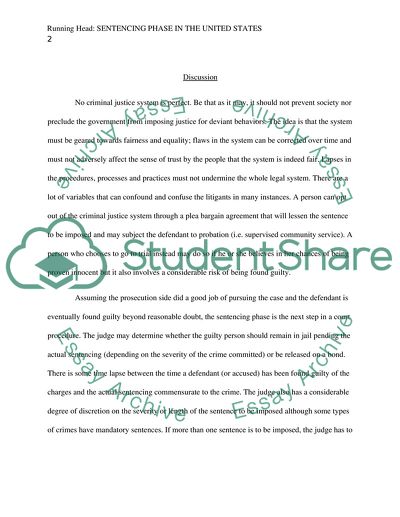Cite this document
(“The Sentencing Phase in the United States Research Paper”, n.d.)
The Sentencing Phase in the United States Research Paper. Retrieved from https://studentshare.org/law/1584696-the-sentencing-phase-in-the-united-states
The Sentencing Phase in the United States Research Paper. Retrieved from https://studentshare.org/law/1584696-the-sentencing-phase-in-the-united-states
(The Sentencing Phase in the United States Research Paper)
The Sentencing Phase in the United States Research Paper. https://studentshare.org/law/1584696-the-sentencing-phase-in-the-united-states.
The Sentencing Phase in the United States Research Paper. https://studentshare.org/law/1584696-the-sentencing-phase-in-the-united-states.
“The Sentencing Phase in the United States Research Paper”, n.d. https://studentshare.org/law/1584696-the-sentencing-phase-in-the-united-states.


